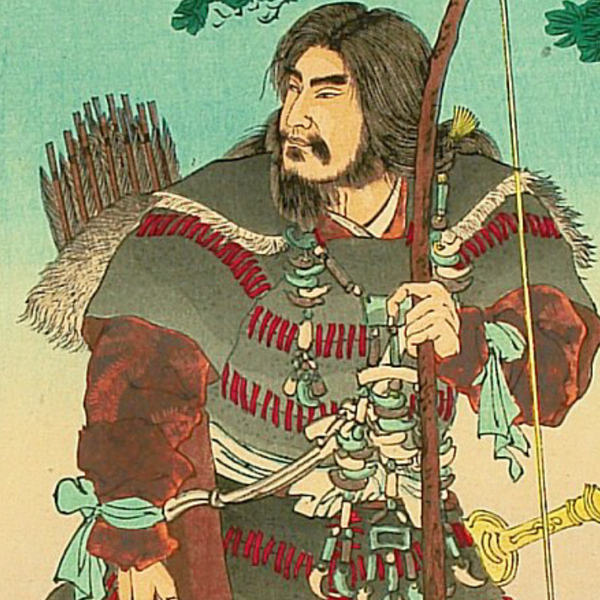
Personal
Other names:
Kamu-yamato Iware-biko no Mikoto
神倭伊波礼琵古命
Job / Known for:
Founder of the imperial dynasty
Left traces:
Established Yamato as the center of power
Born
Date:
-660-02-11
Location:
JP
Hyūga, Kyushu
Died
Date:
-585-03-11 (aged 75)
Resting place:
JP
Death Cause:
Natural causes
Family
Spouse:
Ahiratsu-hime
Children:
Tagishimimi-no-Mikoto, Kisumimi, Hikoyai-no-Mikoto, Kamuyaimimi, Emperor Suizei
Parent(s):
Ugayafukiaezu and Tamayori-hime
QR Code:
Show More
Rank
Users ranking to :
Thanks, you rate star
Ranking
5.0
1
About me / Bio:
Show More
Article for Emperor Jimmu
Died profile like Emperor Jimmu
Comments:


